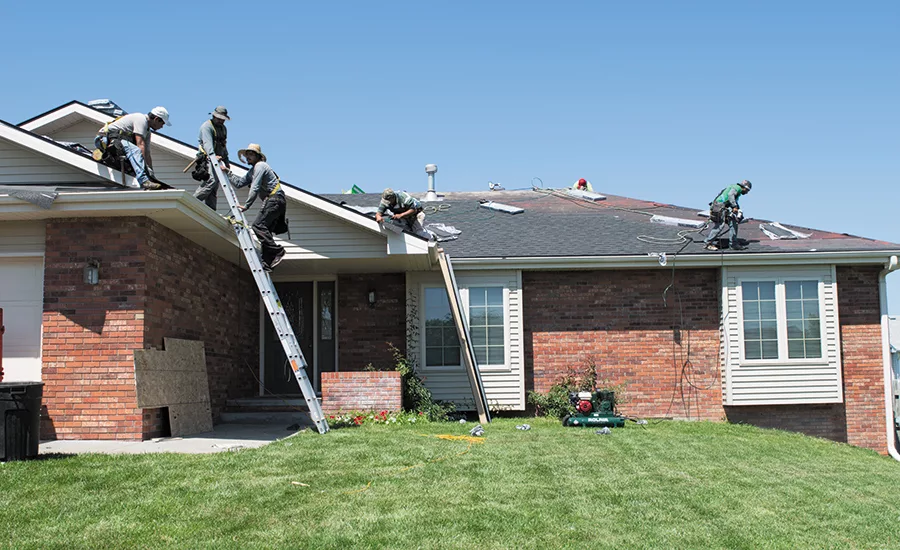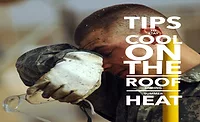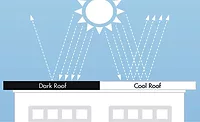Excessive Heat Reminds Roofing Contractors to Stay Cool

BATON ROUGE, La. — Summer officially ends next month, but with temperatures reaching 100 degrees or higher in some states, roofing contractors are reminded to stay safe and keep cool.
On Tuesday, the National Weather Service issued its first excessive heat warning for the Baton Rouge area since 2015. Temperatures hit the mid-90s, but humidity caused it to rise to 113 degrees. The Advocate spoke with roofing contractors who had to work in the dangerous conditions.
“That humidity is no joke,” Frederick Haywood, owner of Haywood Roofing and Property Management, told The Advocate. “We’re out doing roofing right now so we’re definitely feeling it out in the direct heat. … We beg for clouds, we beg for just one piece of cloud to come over.”
To the relief of Baton Rouge residents, the excessive heat warning expired around 8 p.m. on Tuesday. However, they still had to deal with temperatures in the low 90s the following day.
Baton Rouge wasn’t the only area enduring blazing temperatures as of late. The European Union’s Copernicus Climate Change Programme pronounced July 2019 as the world’s hottest month on record, replacing the record set in July 2016.
Much like working in a blizzard, working in excessive heat is bound to slow down roofing projects, but taking the proper precautions is critical to staying healthy. With Aug. 12-18 serving as OSHA’s Safe + Sound Week, it’s a good time to examine how to remain safe during heat waves.
Roofing Contractor safety columnist Chip Macdonald said heat exhaustion is a serious condition roofing contractors should safeguard against. The condition causes the body’s temperature control functions — sweat and evaporation — to fail. Prolonged heat exhaustion can lead to heat stroke, a life-threatening condition that occurs when the body’s temperature reaches 104 degrees or more.
Macdonald’s solution to combating intense heat while maintaining a 50-60 percent production schedule is with a Water, Rest, Shade, Repeat (WRSR) plan. This consists of the following:
- Water – Stay hydrated by drinking water early and often.
- Rest – Taking time to adequately rest and recover is essential to avoiding a trip to the emergency room.
- Shade – Stepping into shade for 15 minutes significantly drops the body’s core temperature. If no shade is present, consider setting up a pop-up shelter.
- Repeat – Repeating the above steps throughout an entire work shift will ensure everyone is safe and hydrated.
Roofing contractors can also employ a “buddy system” when continuous work like hot-tar roofing is needed. One employee does the work for 45 minutes while another serves as their backup, then they switch to let the other recover.
Looking for a reprint of this article?
From high-res PDFs to custom plaques, order your copy today!








